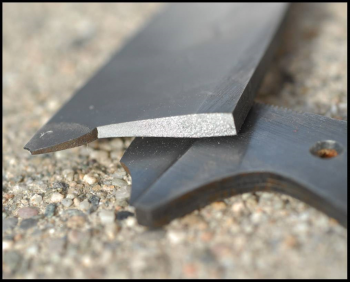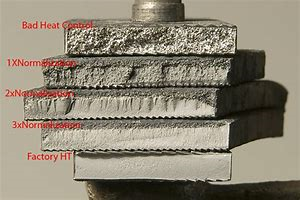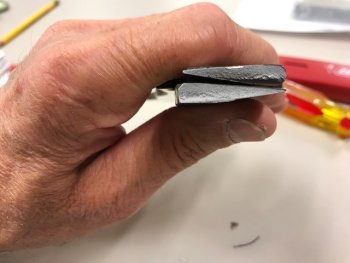Maybe this will help with knowing what you are looking at, or looking for! 5160 is not my steel and I would be lying if I said I knew how to advice you on it!! But there are some on here that actually know more about this than 90% or the makers!!
I am going to give you the same advice I got when I first started learning about making knives and that there was much more to this than just grinding out a knife shaped object. The man I call my adopted mentor, (I adopted him, not the other way around)

he told to listen and learn. There were a lot of folks who give advice and some of them knew what they were talking about!
He told me that if I ever saw anything from either of these two knife makers to sit up, and pay attention, to what they were sharing because neither of them will steer you wrong! Read and re-read anything they will share with you about knife making and HT!
One of those names was Karl Anderson and the other was Kevin Cashen.
Not only does Kevin give you the advice, he actually knows what he is talking about and he usually can explain it in a way that even I can understand. Now granted I may have to read it a couple of times but I usually get it!!


This is web site,
http://www.cashenblades.com/info.html
And if you goggle HT of 5160 by Kevin Cashen this is where you will end up,
http://www.cashenblades.com/steel/5160.html
But you can get to the same place by clicking on the various links on his site!!




